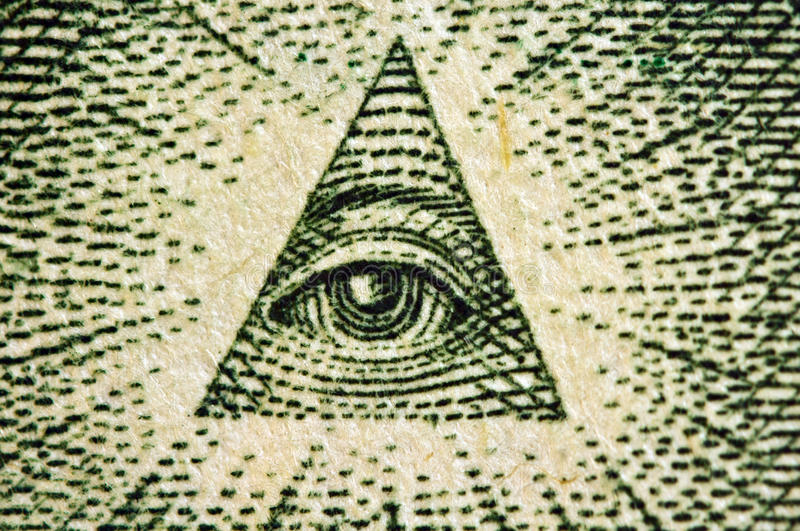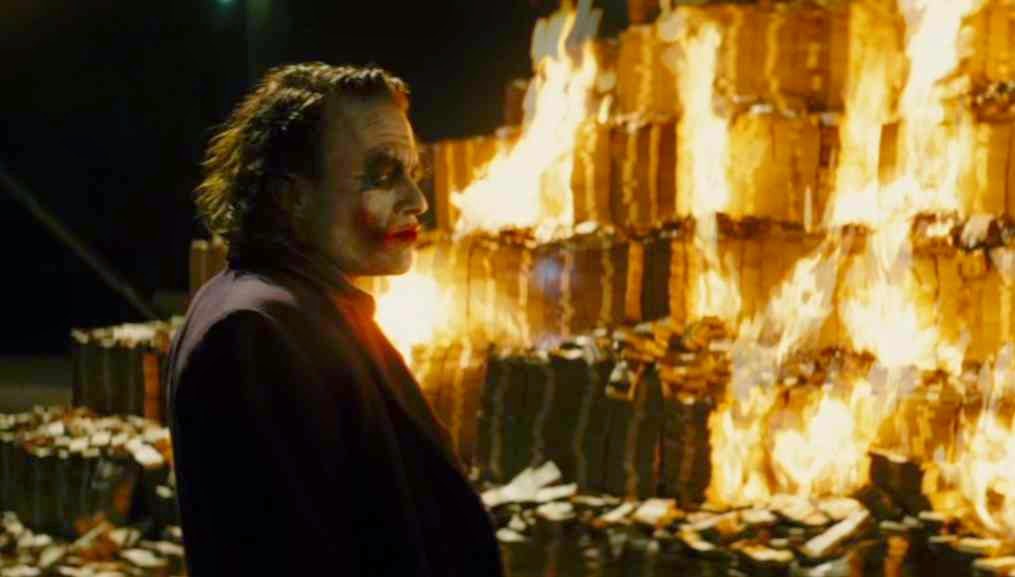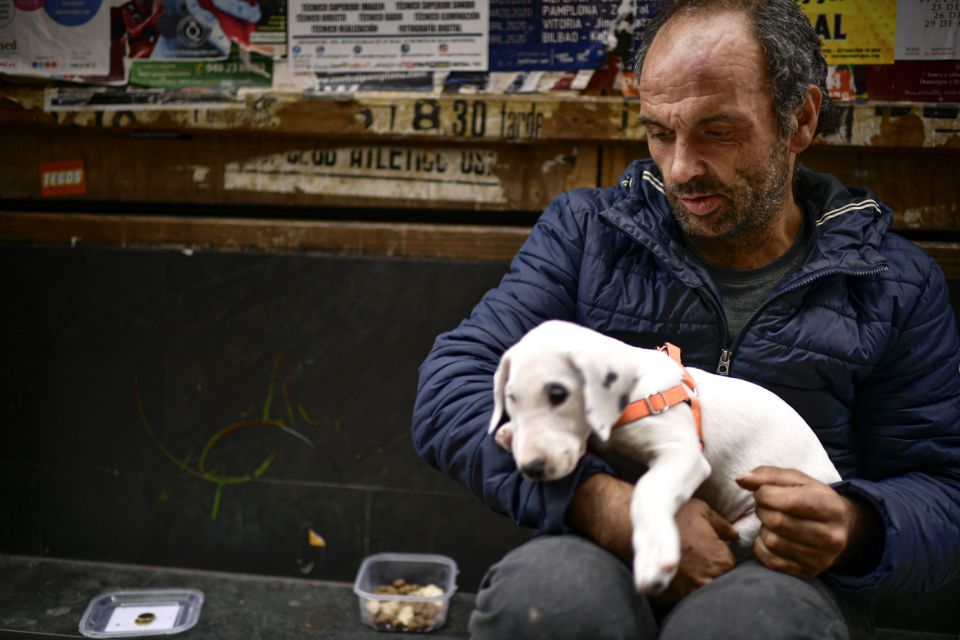We don’t have exact data parsed out, but probably, a third of the total world supply of US dollars was printed in 2020.
The media is praising the biggest spending bill in history, which is going to send America significantly further down the path toward hyper-inflation.
In a New York Times piece praising the bill, Ben Casselman and Jim Tankersley open up with this:
The congressional agreement on a $900 billion dose of aid to fuel the slowing economic recovery has probably spared millions of Americans from a winter of poverty and kept the country from falling back into recession.
Apparently, the Jews think that living in middle America (real America) is like living in Zambia: as long as you stay out of the big cities, you can get by on a dollar a day!
Both Casselman and Tankersley are listed as economics journalists. Neither has a Wikipedia page, but I would assume they’re both Jewish. The article is about – wait for it – the coming recovery!
They say that we just need to hold out for a little while, and then we’ll be on the up and up, with the money coming back. They don’t say how this is going to happen, of course. Frankly, even if they had some grand vision of the coming recovery, they probably couldn’t explain it to the audience they are writing for. The Times is now on the level of People Magazine in terms of depth. As it is, they simply take it for granted that a recovery is coming, and claim that the spending bill will fuel that recovery.
At one point, they do say that the bad things that are happening are going to stick around – but they frame it as “bad things happened because the government isn’t printing enough money”!
They write: “Delays in the latest round of aid, which lawmakers began negotiating months ago, have already rippled through the recovery, hurting both households and business owners.”
And they continue:
The effects have not been evenly spread — and even if the latest round of relief helps achieve a full recovery, scars will remain.
“I don’t think we can reverse the damage,” said Michelle Holder, an economist at John Jay College of Criminal Justice in New York. “The damage is done.”
Account balances have fallen fastest for low-wage workers, who have been hit hardest by job losses during the pandemic and who were most likely to rely on the $600 federal benefit supplement that ended in July.
Researchers estimate that millions of families have slipped into poverty during the pandemic. While a new round of government aid could lift many of them back above the poverty line, they say, there will still be lasting effects.
There is an indie comic book called King City, written and illustrated by the legendary Brandon Graham, which featured a lot of imagery that has been popping into my mind throughout 2020. The story is a weird drive through a psychedelic world of fantasy and philosophy, where abstract meaning and physical reality are indistinguishable. There is a drug in this world that turns the body into the drug. Addicts break off pieces of themselves to get high, slowly snorting their bodies away.
That’s perhaps along the same lines of “printing money to save the economy.” You could come up with a plan to save this economy, and yes, it would involve printing money. But printing money will not in itself lead to a good economic outcome. Yet, that is currently what is going on: they are saying that we are going to print money, give it mostly to businesses and individuals, and that will “kickstart the recovery.”
Again, there is no explanation for this theory given by the Times, and I don’t believe I’ve seen one elsewhere either. Apparently, it’s just supposed to be assumed by the American public that more money in the economy means the economy is stronger.
But this doesn’t follow. At all. This money that’s being injected isn’t even going to move around. Most of it is obviously just being squandered in the typical fashion of American corruption, given out wholesale to the donors of the various politicians. However, the pieces that don’t get swallowed by misfeasance are only going to go to pay bills that are already owed, which does nothing.
The pattern that we’ve seen from the beginning is that money is going to businesses that are going to be doomed either way. For instance, this current bill gives $15 billion to movie theaters. (To put that into perspective, only about $150 billion is going in total to the people via the $600 checks.) No one who is paying any attention to anything thinks that movie theaters are going to exist two years from now. That industry is simply over, as are most of the various forms of public entertainment. It’s a similar story with the airlines. Sure, airlines will still exist, technically, but they’re going to be a fraction of the size they are now. Beyond the fact that both movie theaters and airplanes violate virus rules, people are simply not going to have money for this kind of stuff.
So, when you give this money to businesses that are bound to fail, you might as well just be transferring the money directly to the banks, which are going to be the ones to strip these companies of their assets when they go under.
Probably, giving cash directly to the people would have been the best way to go about this, as the people would have given the money where they are capable of giving it, and then the market would have decided which businesses get to remain. If they’d have just distributed the whole $900 billion to the people, each American adult would have gotten $5,000. None of that would have been spent on movie tickets, and very little of it would have been spent on airplane rides, but it all would have been spent, which again, should be the point of this “inject cash to kickstart the rebound” plan.
When wealth is created, it involves money moving around. Wealth is not created by the government deciding to give certain “struggling industries” cash. This is just basic moron-tier planned economy nonsense. Only under communism, a planned economy meant that the government put in money in hopes of a productive outcome. What are movie theaters going to produce with this money? Nothing, obviously. The money is intended to “keep them afloat” until they are able to begin making money again. We know they never will make money again, but even if they would, this doesn’t make even a tiny molecule of sense. The logical thing to do would have been to let movie theaters go broke back when they were first forced to shut down. Then, assuming that this “pandemic” ends at some point, they could open back up. (The buildings will still be there.)
Movie theaters are just a particularly egregious example. In fact, all of the PPP loans are going to businesses that are presently producing absolutely nothing. The actual plan is to keep these businesses “afloat” while they are not producing, apparently indefinitely – by creating new money.
I saw a particularly striking headline today, an op-ed in the Indianapolis Star:
This individual is advising that we just print unlimited amounts of money, infinity money, and that this will pay for everything. The New York Times didn’t say it so directly, but if they were being straightforward, that could have been the title of their article. If we can just print money and give it to everyone, then I don’t know why we ever had an economy in the first place! We could have just been printing money and giving it to businesses to pay their rent! They wouldn’t even have to do business! Everyone could just sit around all day, hanging out!
But there is a consequence. Think of the King City addicts, snorting their own bodies: when you increase the money supply, you lower the value of money. If you’re going to print money, you need to be sure that it is worth the trade-off. You could print it to kickstart things, yes. But this is not a kickstart. It’s sustaining businesses that have no role in the economy at present, and may never have a role, keeping them afloat for no clear reason as they provide nothing.
The media and the government want you to believe they’re involved in avant-garde accounting, but what they are actually involved in is purposefully collapsing the American economy as part of a “Great Reset” globalist agenda.
They are purposefully destroying the middle class.
Just looking at the bill, the most obvious explanation is that these people are trying to purposefully collapse the economy. It’s Occam’s Razor.
Here it is:
- Strip people of their rights
- Collapse the economy
- Purposefully botch any attempt to recover the economy
- Let people go into poverty
- Turn the society into a completely lawless mess
- Let it simmer for a bit
- In the background, continue to globally integrate, using the Paris Accords model for global government
- Begin to offer “green” solutions, to get people up out of the hell they’re living in
- Give people UBI, in the form of a government cryptocurrency
- Offer people opportunities to get new apartments in high-rise buildings (tenements with cheap plastic furnishings)
Thereby, you’ve taken a country full of normal, middle class people and made them into landless peasants living in tenements with no freedom, totally dependent on the government for their basic survival.
That population of beaten down, shamed, destroyed people will be easily integrated with the rest of the world under a single tyrannical global government, which will have coincidentally formed in the background whilst people were standing in line for handouts of canned soup.
I don’t know the timeline, but Klaus Schwab says this glorious new vision will come into view by 2030.
That is probably what I’d estimate. We’re looking at another massive decade of changes, and then by 2030, the system will be more or less complete.
I still think it would have been a good idea to protest this stuff, frankly.







